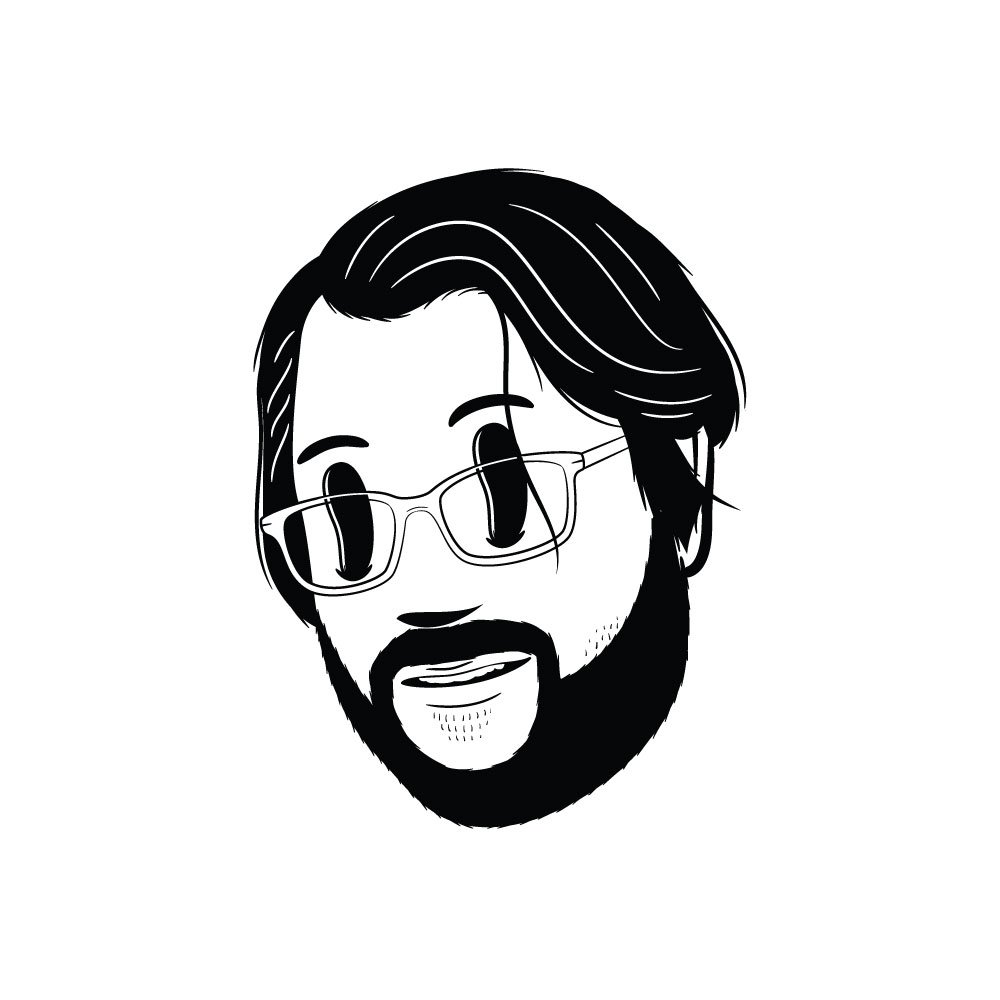What Puppy School Can Teach You About Creative Habits
We got Teddy in November of 2020, which makes him a pandemic puppy. Since we got him, I have gone to 3 rounds of training with him, and I feel like he will be in training for most of his life. These classes are for everyone’s benefit, but I have found some interesting parallels between how to train a dog and how to train ourselves.
The big shift that has happened in dog training has been the movement away from punishment. That used to be carried out by things like choke and shock collars.
There are instances where these tools might still have to get used in extreme cases, but the more common method is to simply reward dogs for showing the behaviour you would like to see, and then not rewarding if they are doing something other than the intended result.
This newer norm takes a lot more work than using punishment, but everyone feels better when their pets aren’t being harmed and possibly traumatized. And as you’ll see in its application to your creative career, it does take patience to build habits in the case of rewarding micro-actions that seem really silly which this post will go over.
Training Begins with Small Incremental Rewards
It’s impossible to have a situation where a dog is able to sit and stay in that sit while you walk around them with a toy with one training session. For most dogs, this might never happen. Yet it all starts with small projects. In the example above, you start with just having your dog sit on command. Then they get a treat in conjunction with the word “yes”. How about sit by only using the hand signal? Treat and yes.
The same goes for your own training. When it comes to practising guitar, the equivalent is very simple. Sit in the chair! And for me it’s a chair that I have to pull out of the closet (because that one has no arm rests). So you pull the chair out and you sit in it, and then you can say the word “yes”.
Do this for five days in a row at various times a day, in different rooms of your house. When you do this exercise, you have no obligation to pick up your instrument. If piano is the instrument of choice, then just sit at the piano multiple times a day and hold your hands over the instrument.
Increasing the Challenge
After this habit is in place and you have removed the fear of sitting in a chair that is associated with playing music, you can move to the challenge of picking up your instrument and just sitting there for a minute. Now you may put the instrument down, and put the chair away.
Remember you should do this at different times of the day, in different rooms of your house.
Here are some more items that you can continue to add onto the challenge:
Taking out a music stand in conjunction with taking out your instrument
Putting a piece of sheet music or your iPad on the stand - you only have to look at it at first
Doing a warm-up exercise that consists of playing one note and letting it ring out (discussed in detail in the book Effortless Mastery).
Doing a warm-up exercise that will get your hands moving, such as scales or arpeggios
Playing the easiest piece in your roster at the moment - this is to get your confidence up
Playing the hardest piece at the moment - you’re going to have to do it at some point, so get it done early
Solidifying the Habit by Using Restore Points
There are lots of approaches to getting a habit to stick. Andrew Huberman mentions a few methods in the second half of his podcast on the topic.
The most important thing is understanding what your restore point is. You know how your computer sets back up or restore points (like in Mac’s Time Machine?). This would be a similar concept.
If you are still picking up the guitar every day but you’re not really making any progress, your restore point might be to do the warm-ups. Yet if you are not playing at all, you need to get back to the point of just taking the chair out of the closet.

